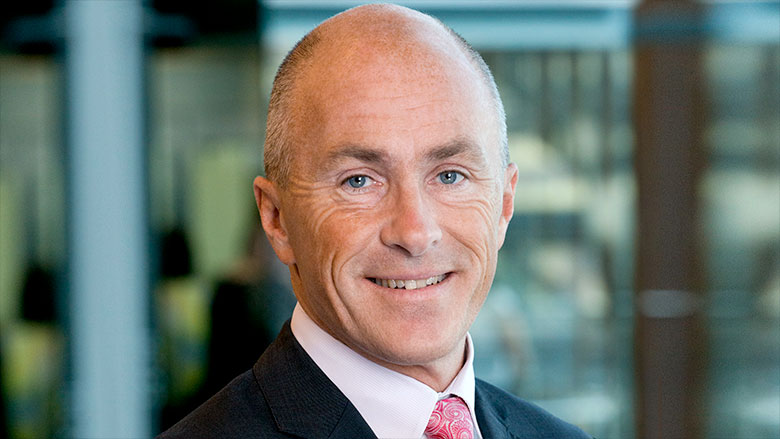-
Sort By
-
Newest
-
Newest
-
Oldest
Australian consumers are showing real signs the largest and longest rate hiking cycle in 30 years is starting to bite. It might be the proof the RBA needs to see that its fight against inflation is working, adding further weight to the theory that rate rises are behind us.
Despite continuing strong economic data for Australia, markets have forecast significant earnings downgrades, and results have been mixed so far. But a main highlight – CBA’s record $10 billion profit – may not be enough to improve investors’ outlook on the banking sector, analysts say.
With deteriorating economic conditions dampening the banking outlook, some trading momentum may be leaving the sector after a strong two-month run. Six in 10 trades of big-four banks on the Selfwealth platform in July were sell orders, and headwinds are only picking up from here.
After a three-month run as the most-traded ASX stock on Selfwealth’s platform, Neuron Pharmaceuticals ceded its spot to CBA in June as healthcare, mining and banking stocks jostled for investors’ attention.
While markets expected a pause, the RBA board’s hawkish tone implying a further cut in August surprised many. For Australia’s property sector in particular, observers say the path to a soft landing may be getting even more treacherous.
Higher net interest margins helped drive a nearly 17 per cent increase in the banks’ combined cash profits from a year ago. But a 400 per cent increase in their interest expenses and stiffer lending competition are contributing to a weaker outlook going forward, analysts say.
Nearly 32,000 customers of Australia’s four major banks fell victim to scams in the 2022 financial year, bearing 96 per cent of the losses as reimbursement and compensation rates remain extremely low. ASIC is now pushing financial institutions to improve their approaches to scams and better support their customers.
Stakeholders hope the government’s proposed nature repair market – intended to work in parallel with the Australian carbon market – will drive the significant private investment needed to create positive, rather than just net-zero, impacts on biodiversity.
Although more Australian companies are paying dividends in 2023, many have reduced payouts, with the year-to-date total slightly behind 2022’s figures, according to CommSec research. The big miners are leading the cuts, while energy producers are lifting dividends to reflect record high gas prices.
The shift to healthy longer term deposits has begun, and while Australian equities still dominate SMSF portfolios, the way they access them is changing.














